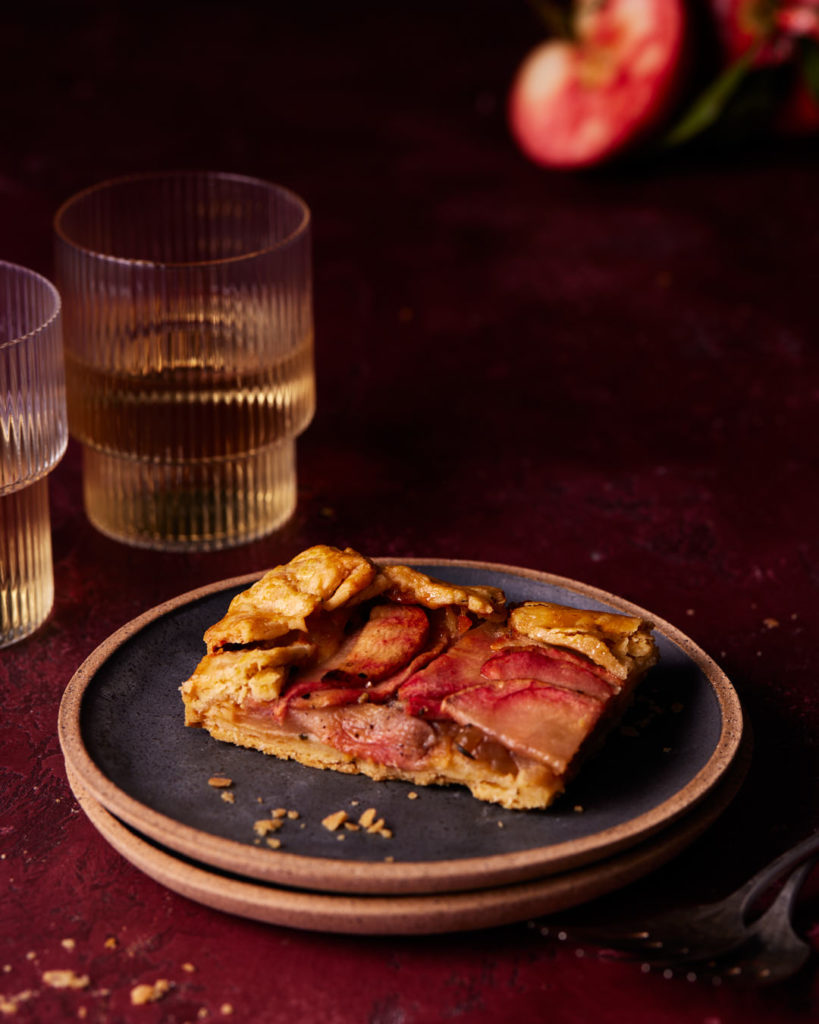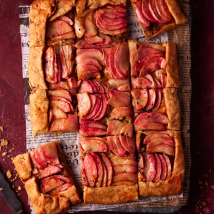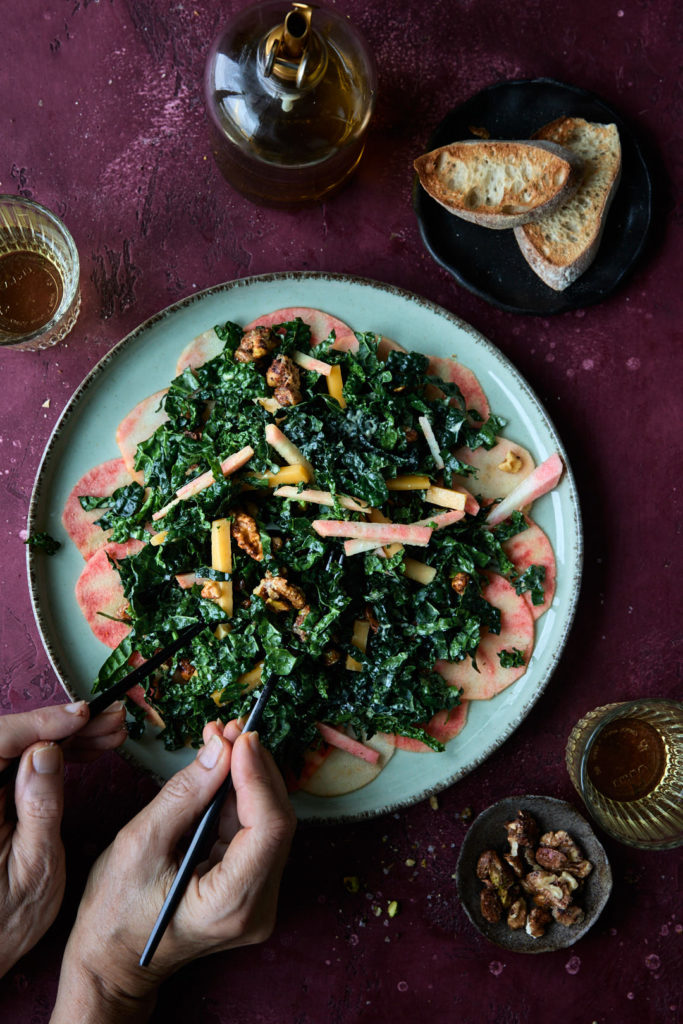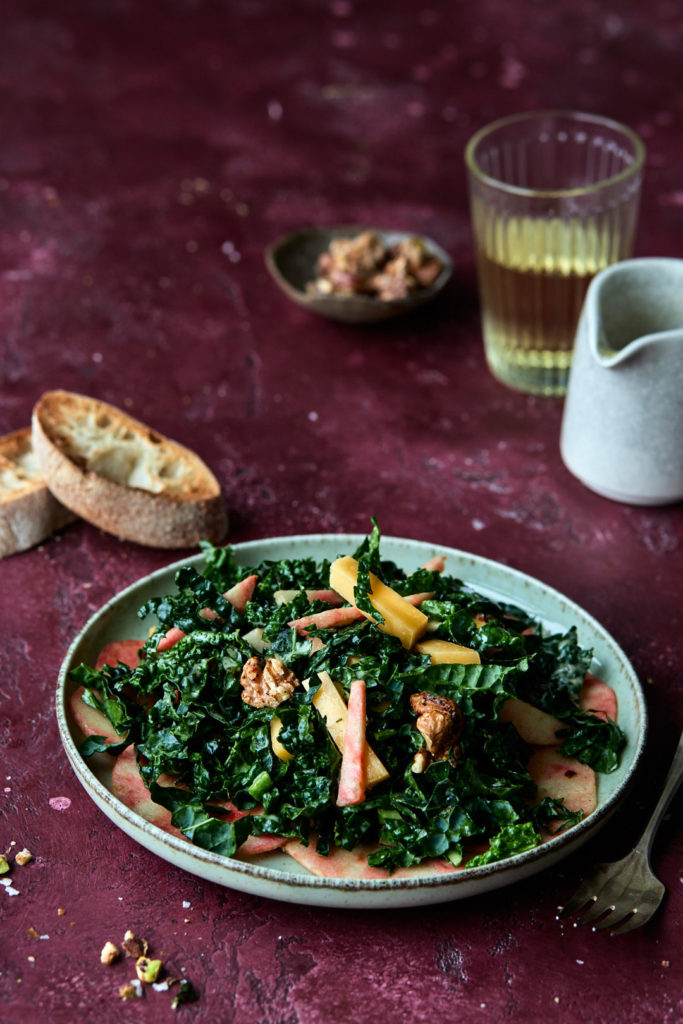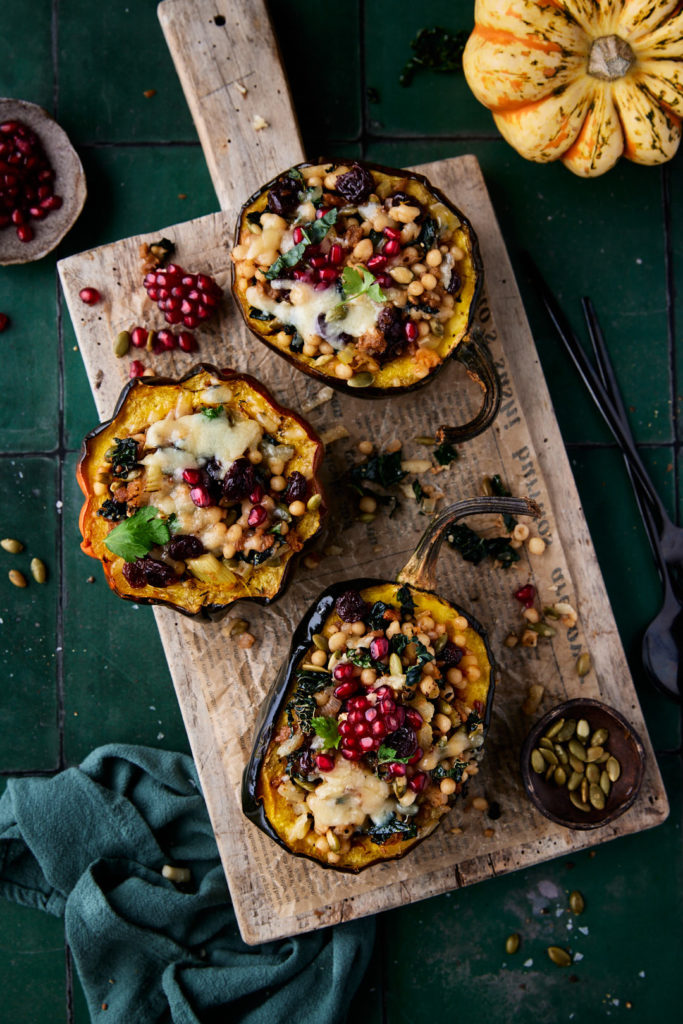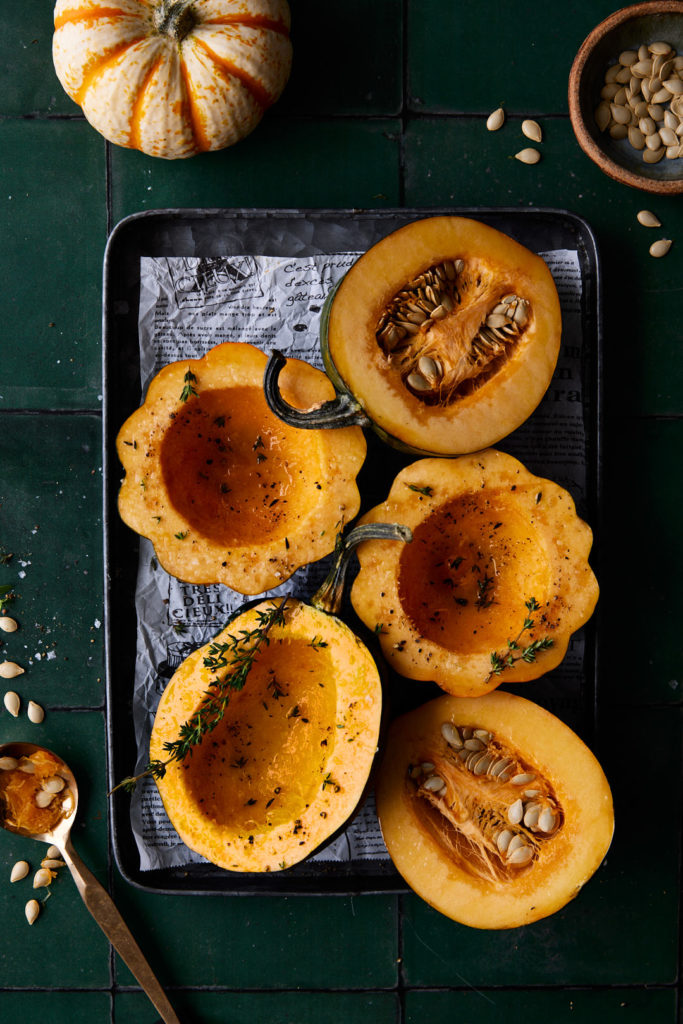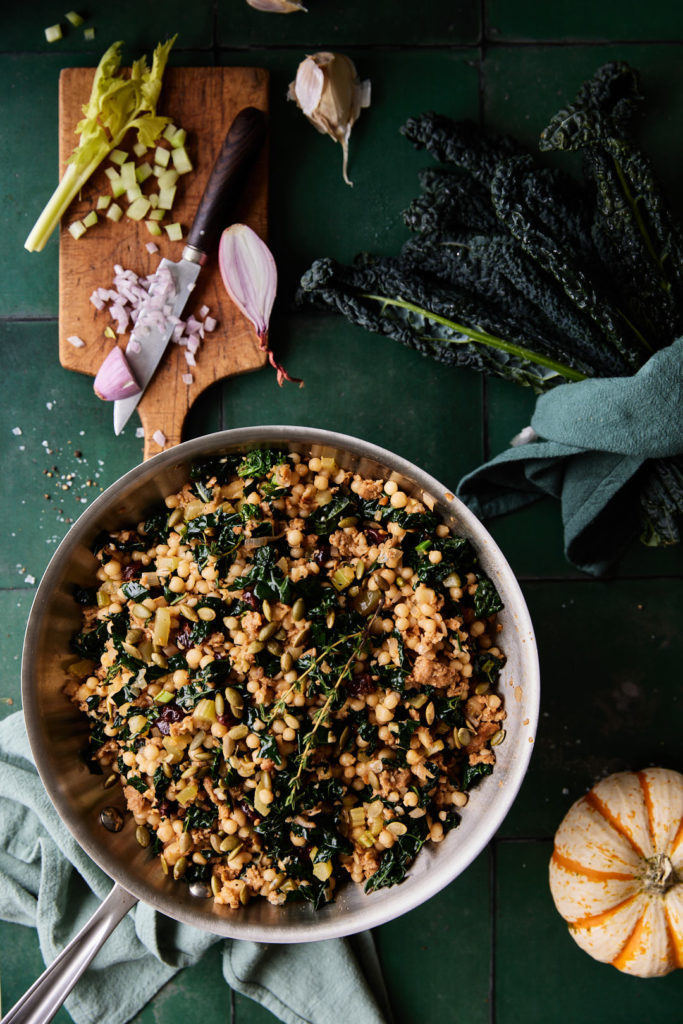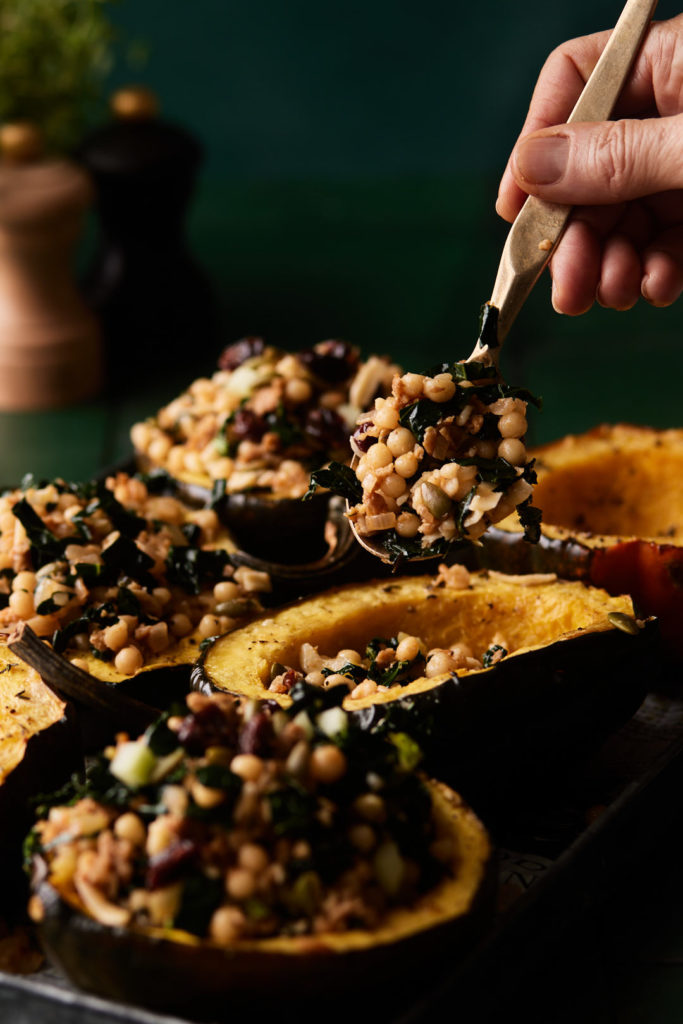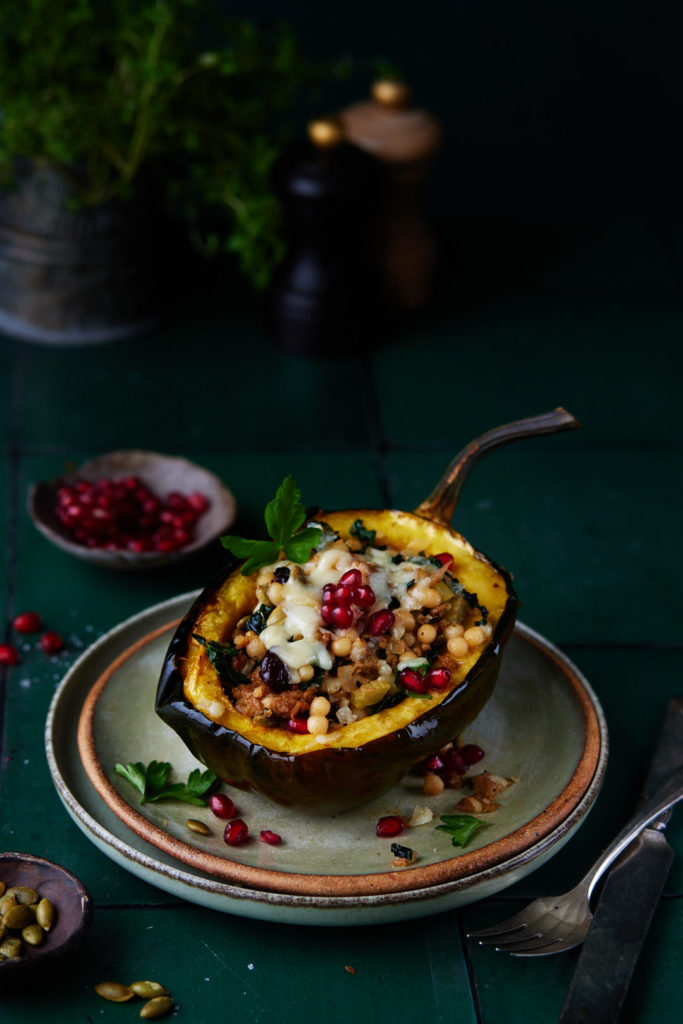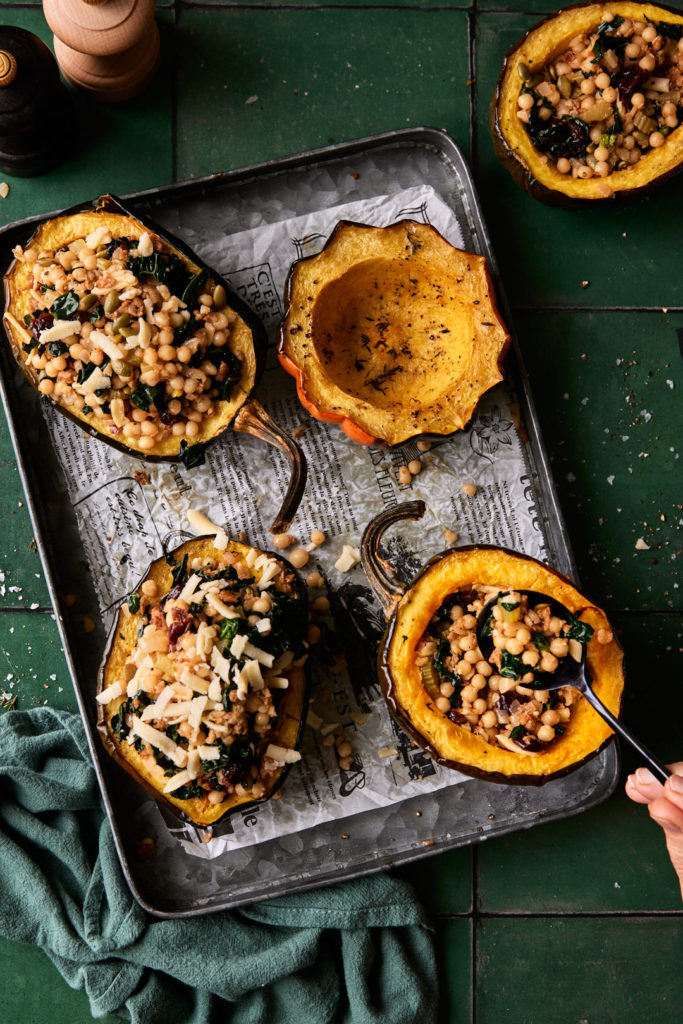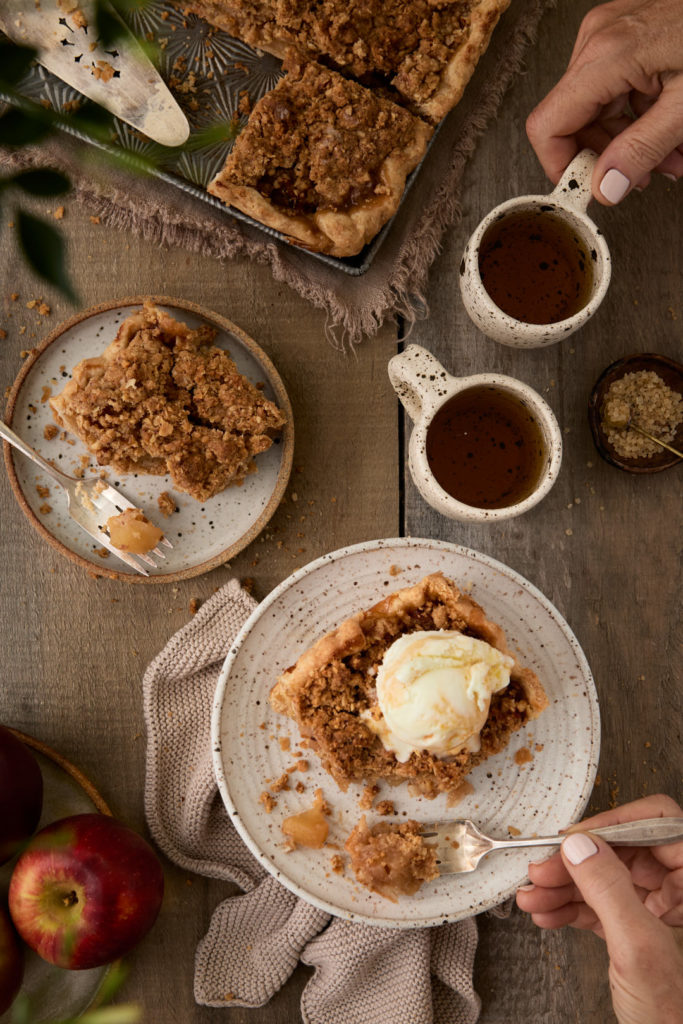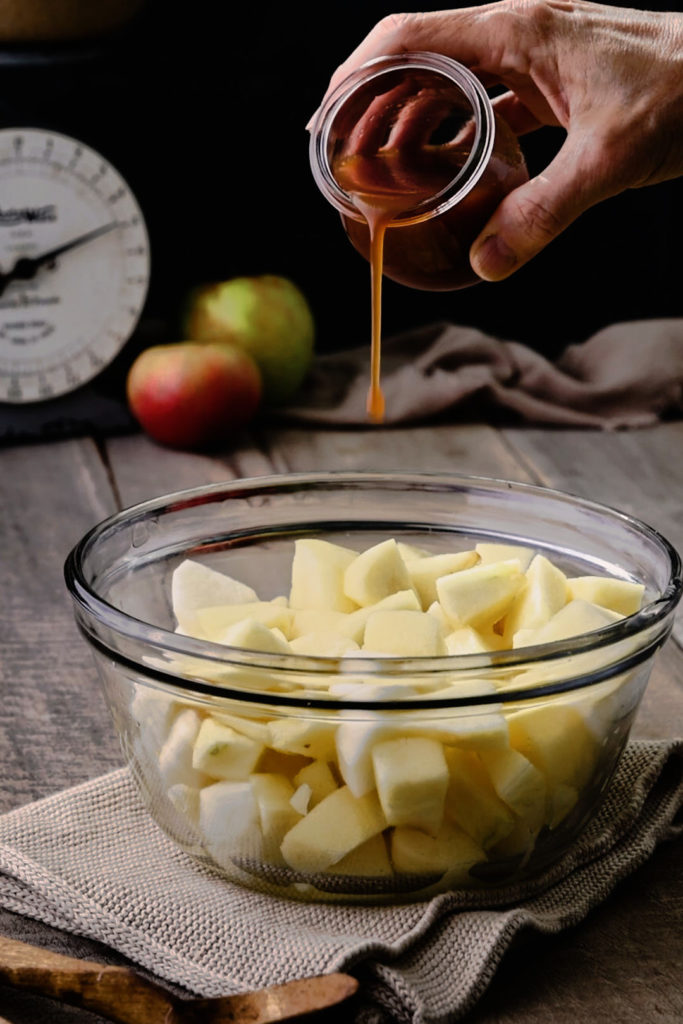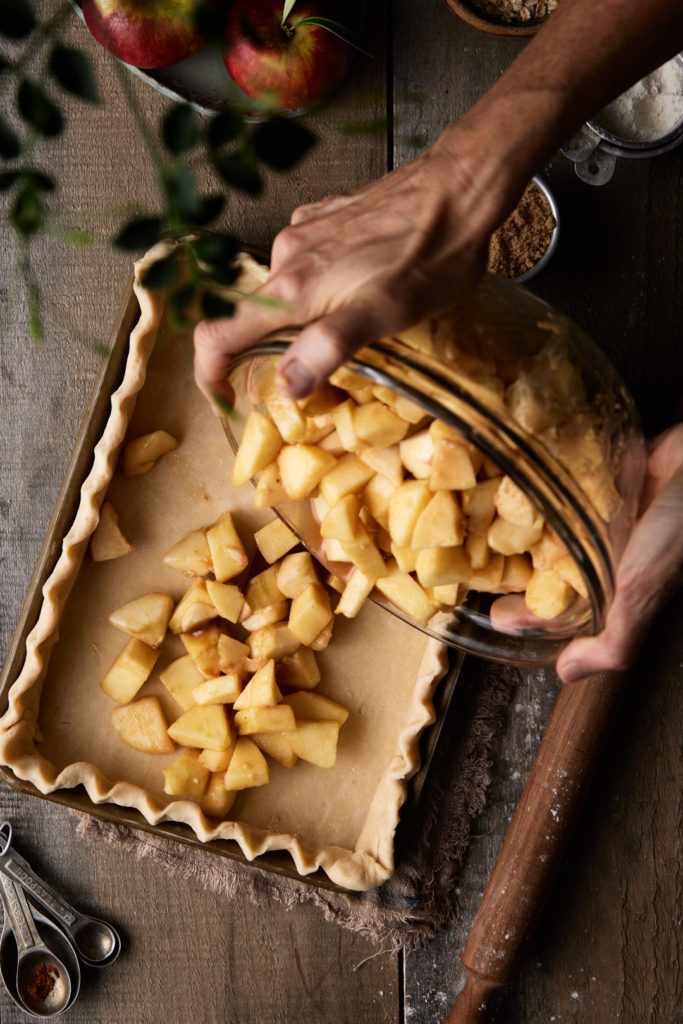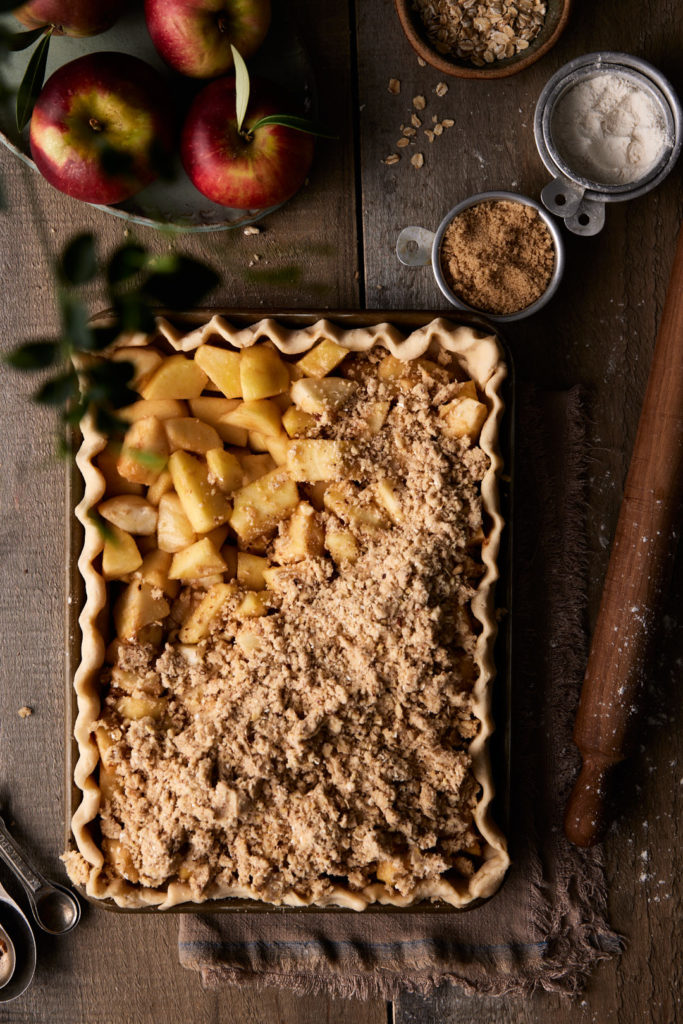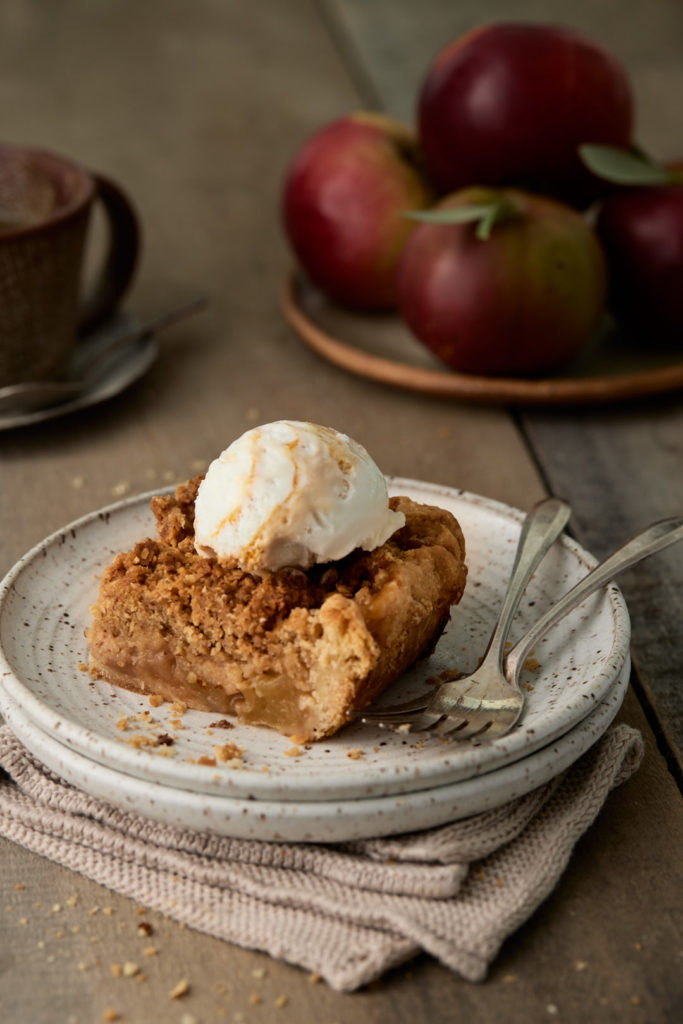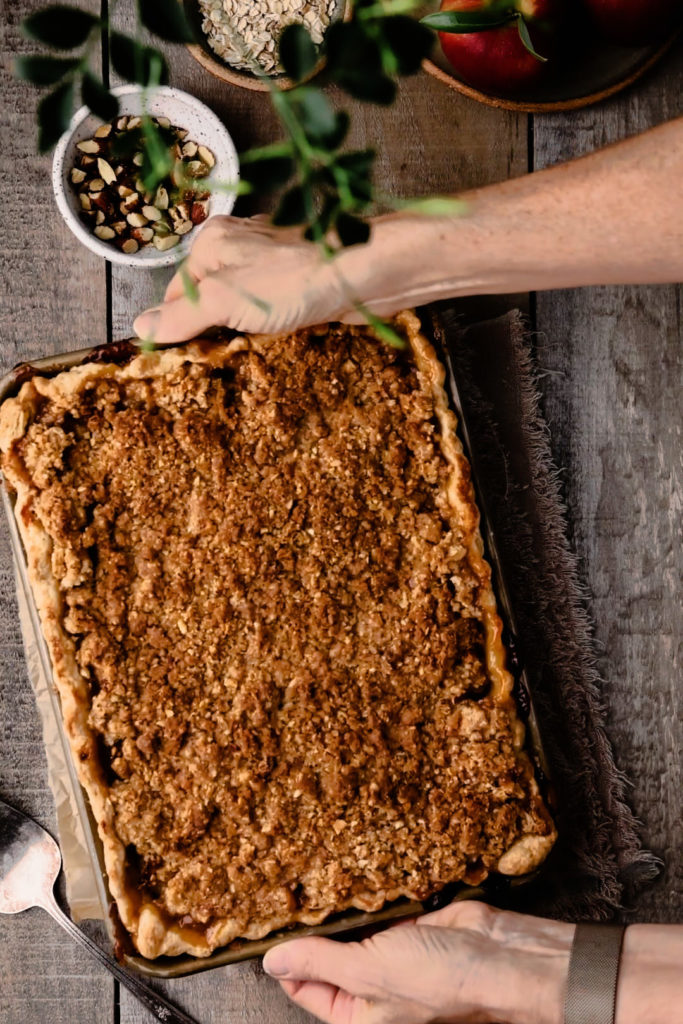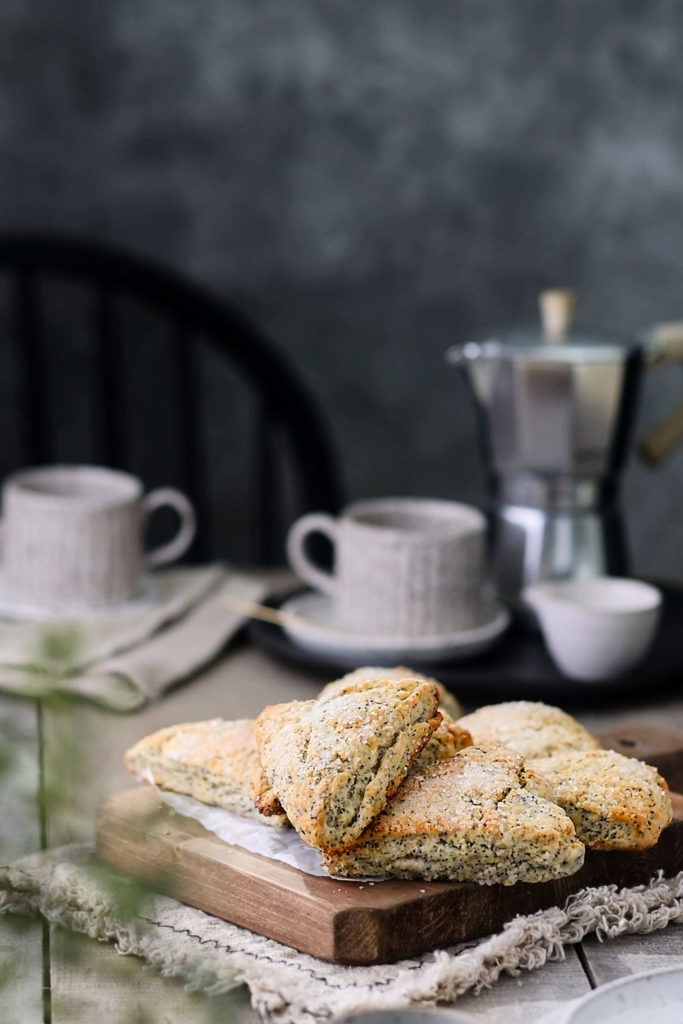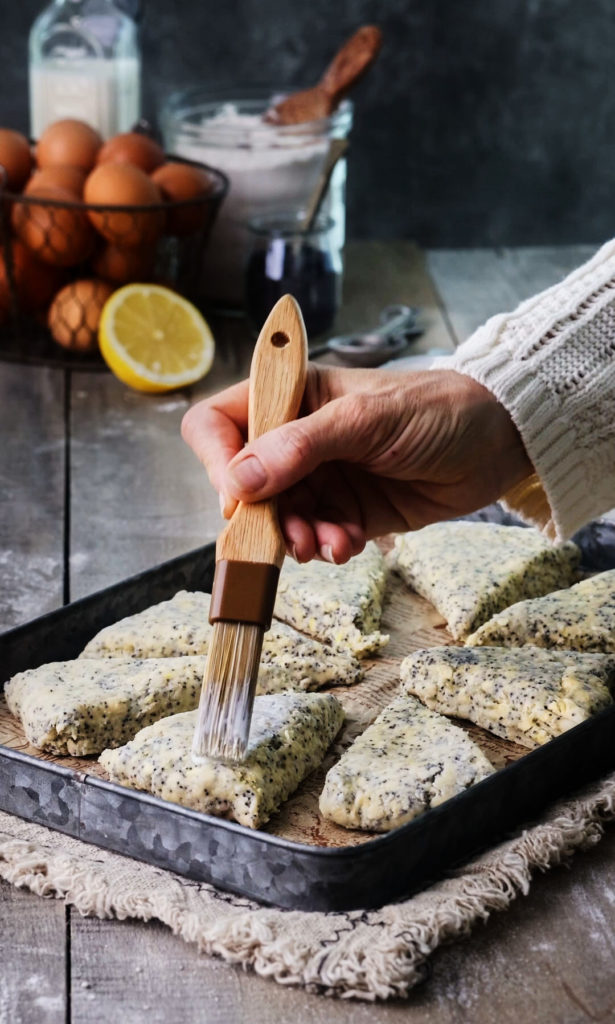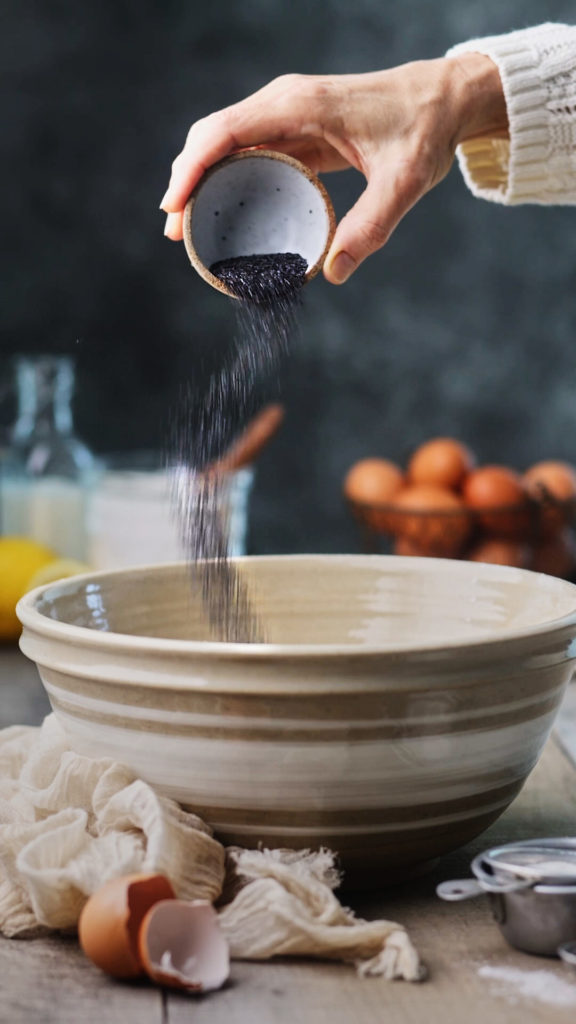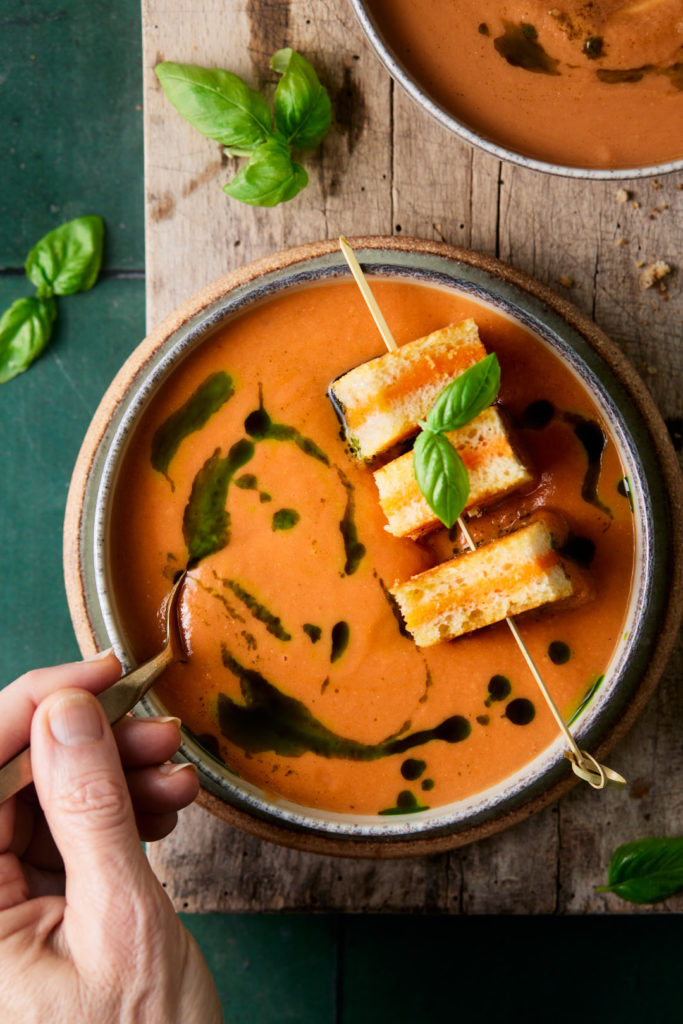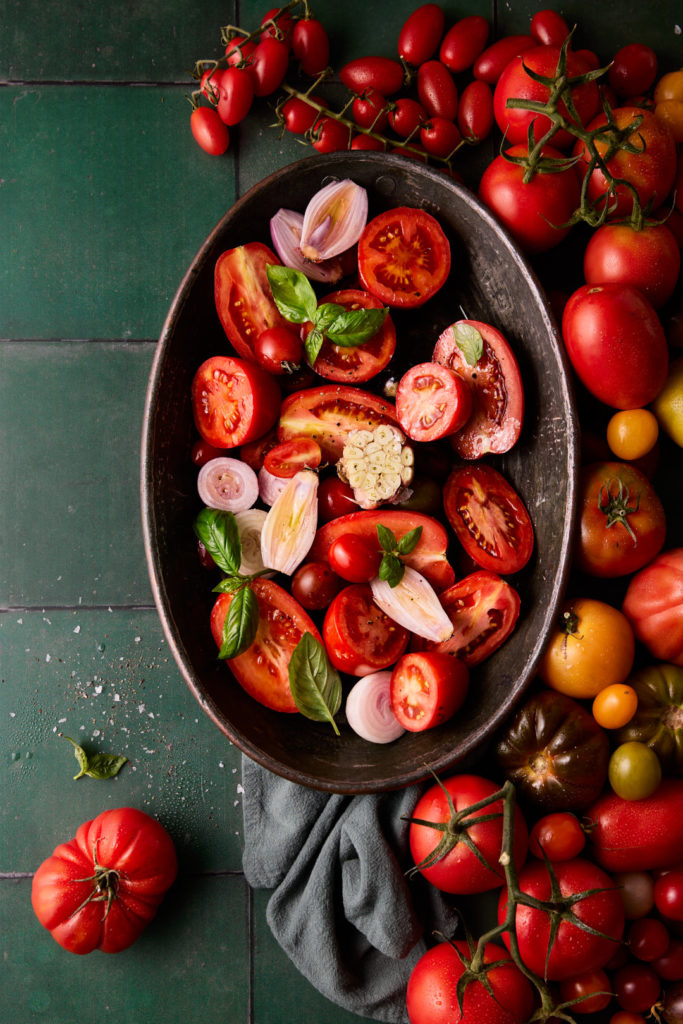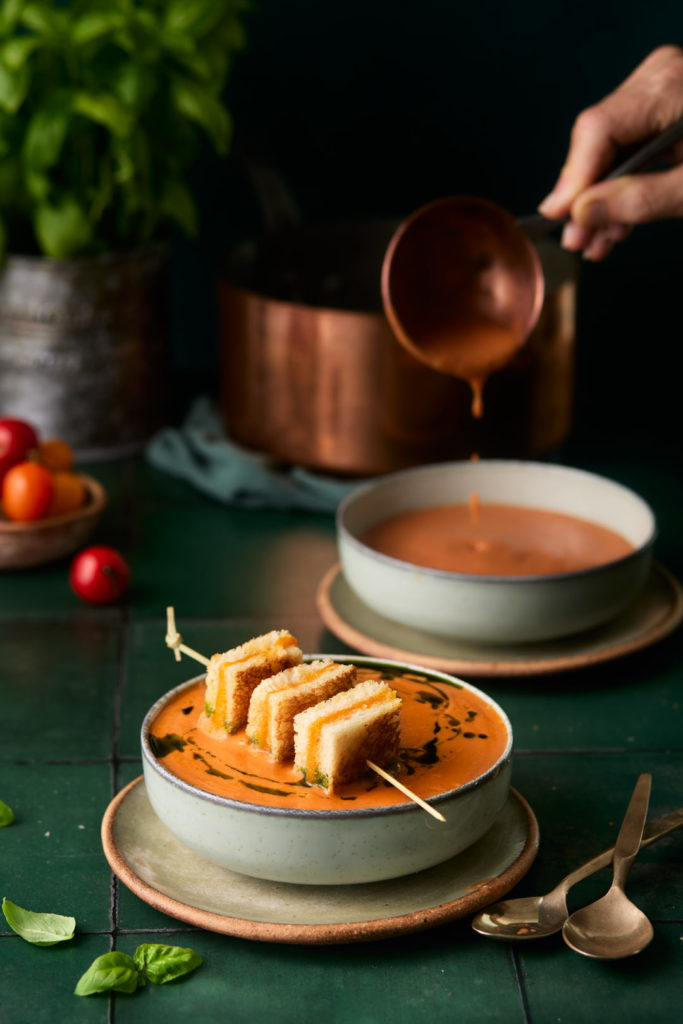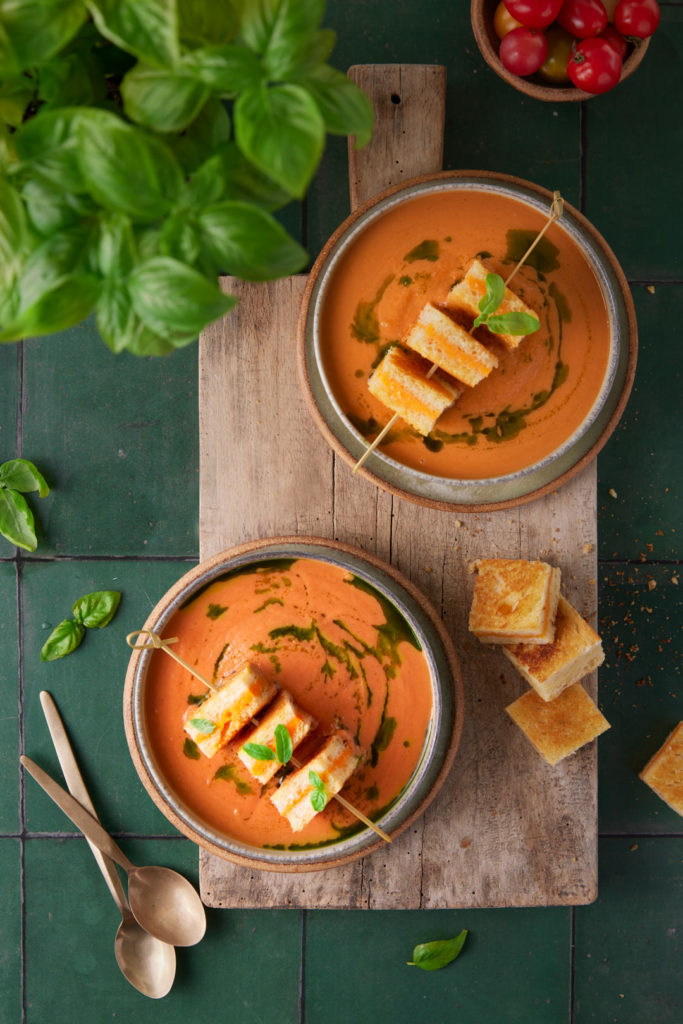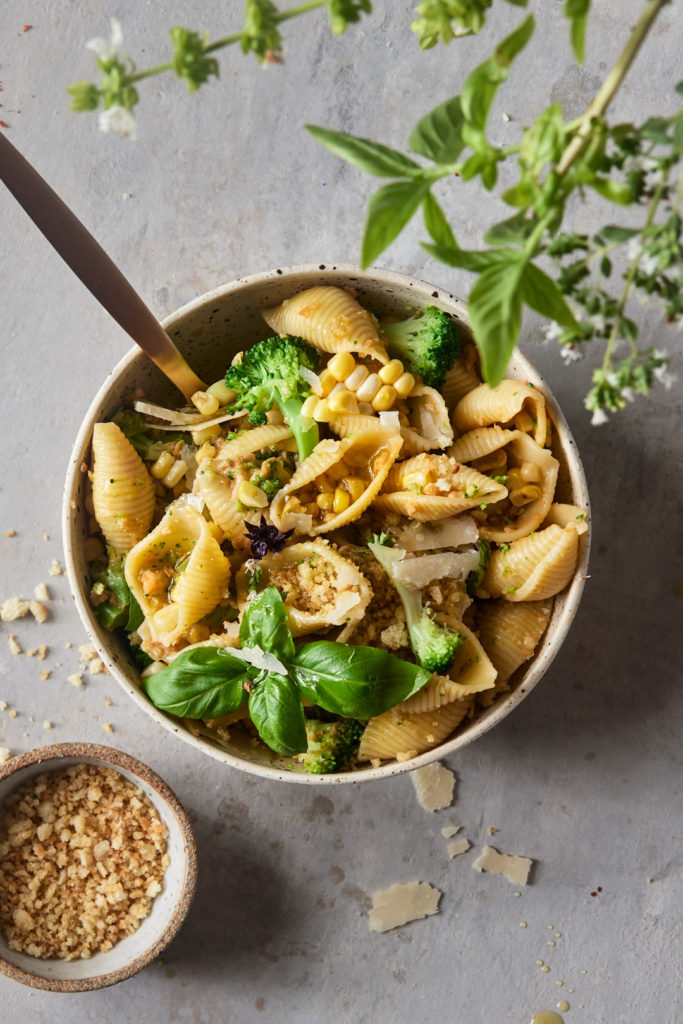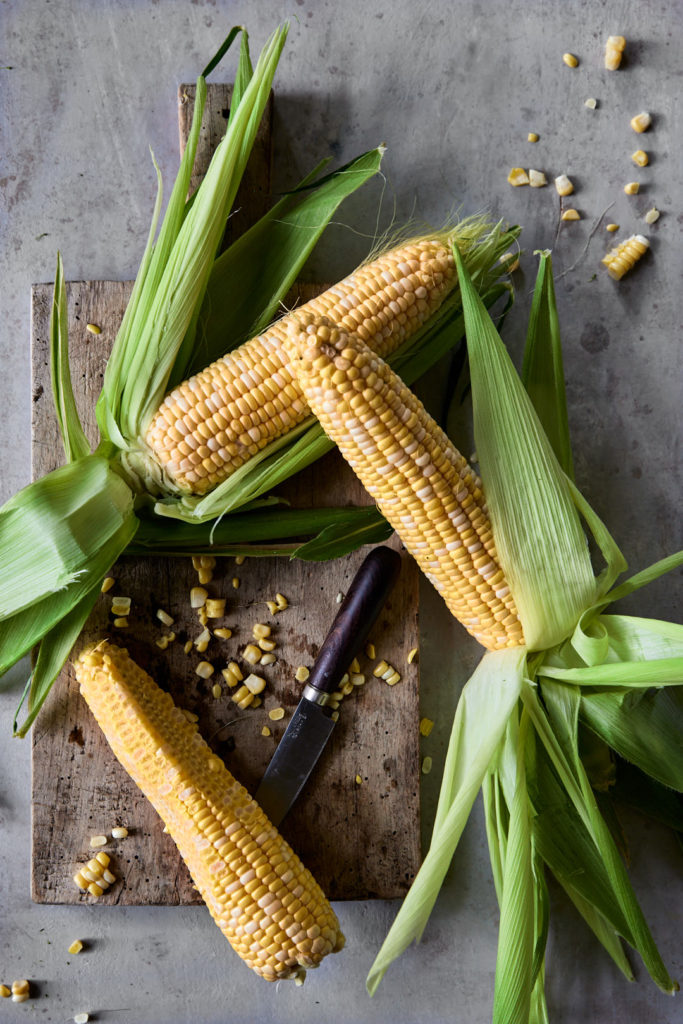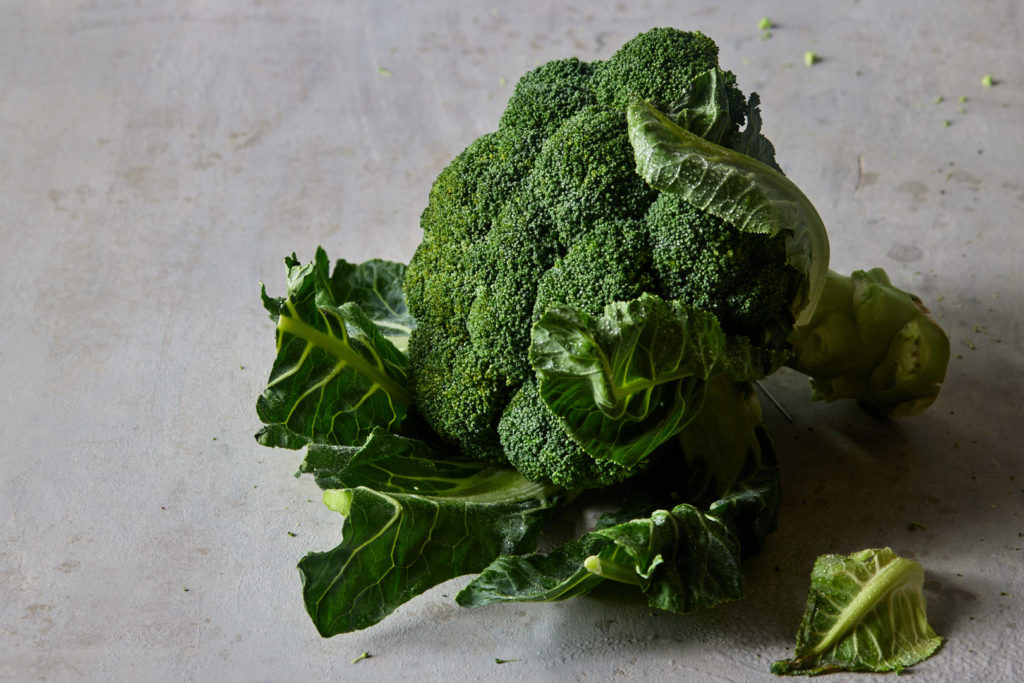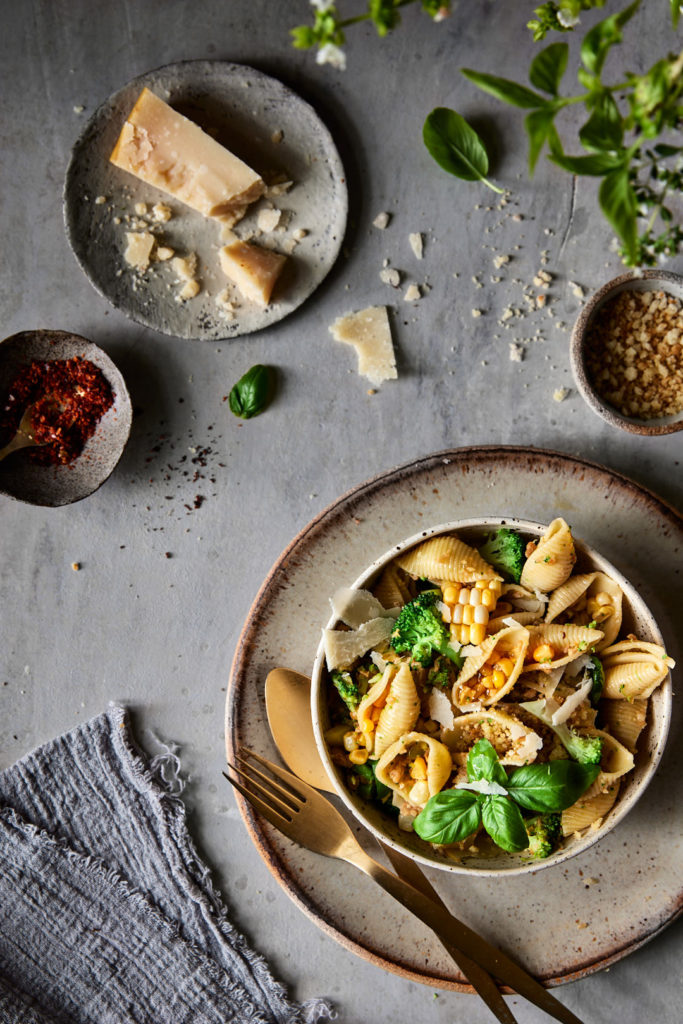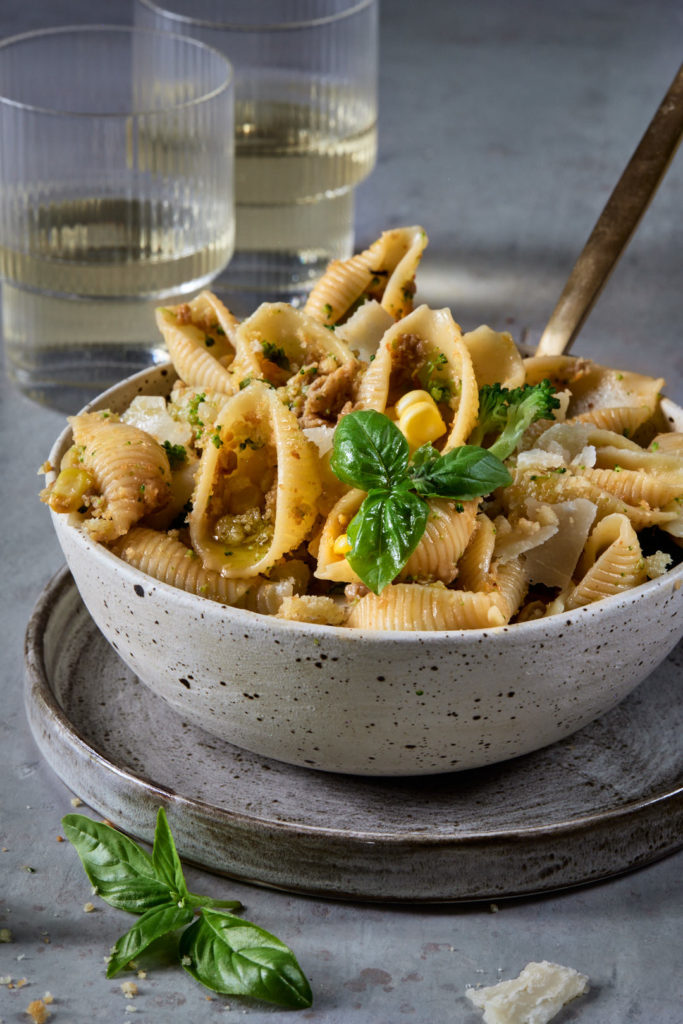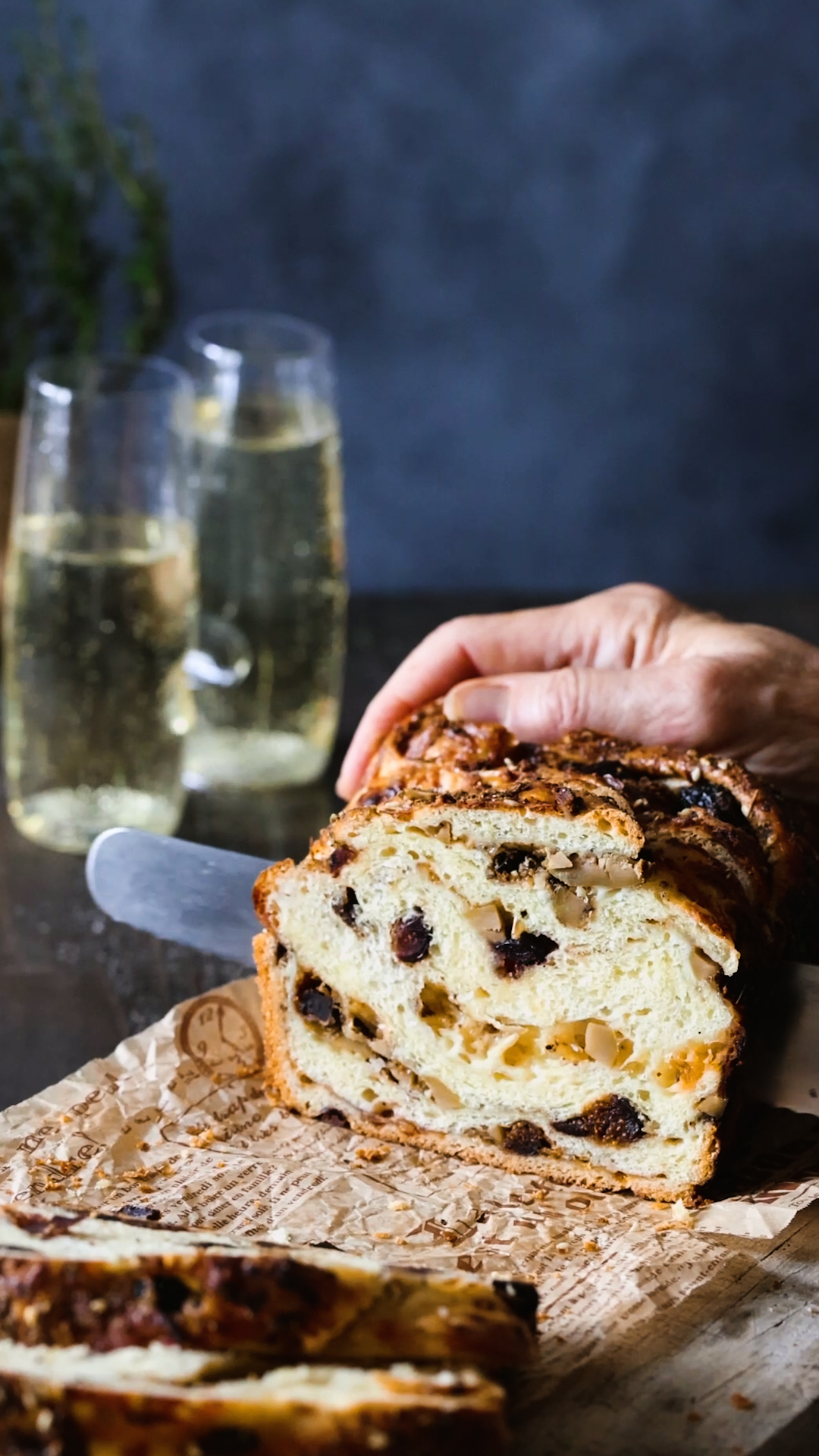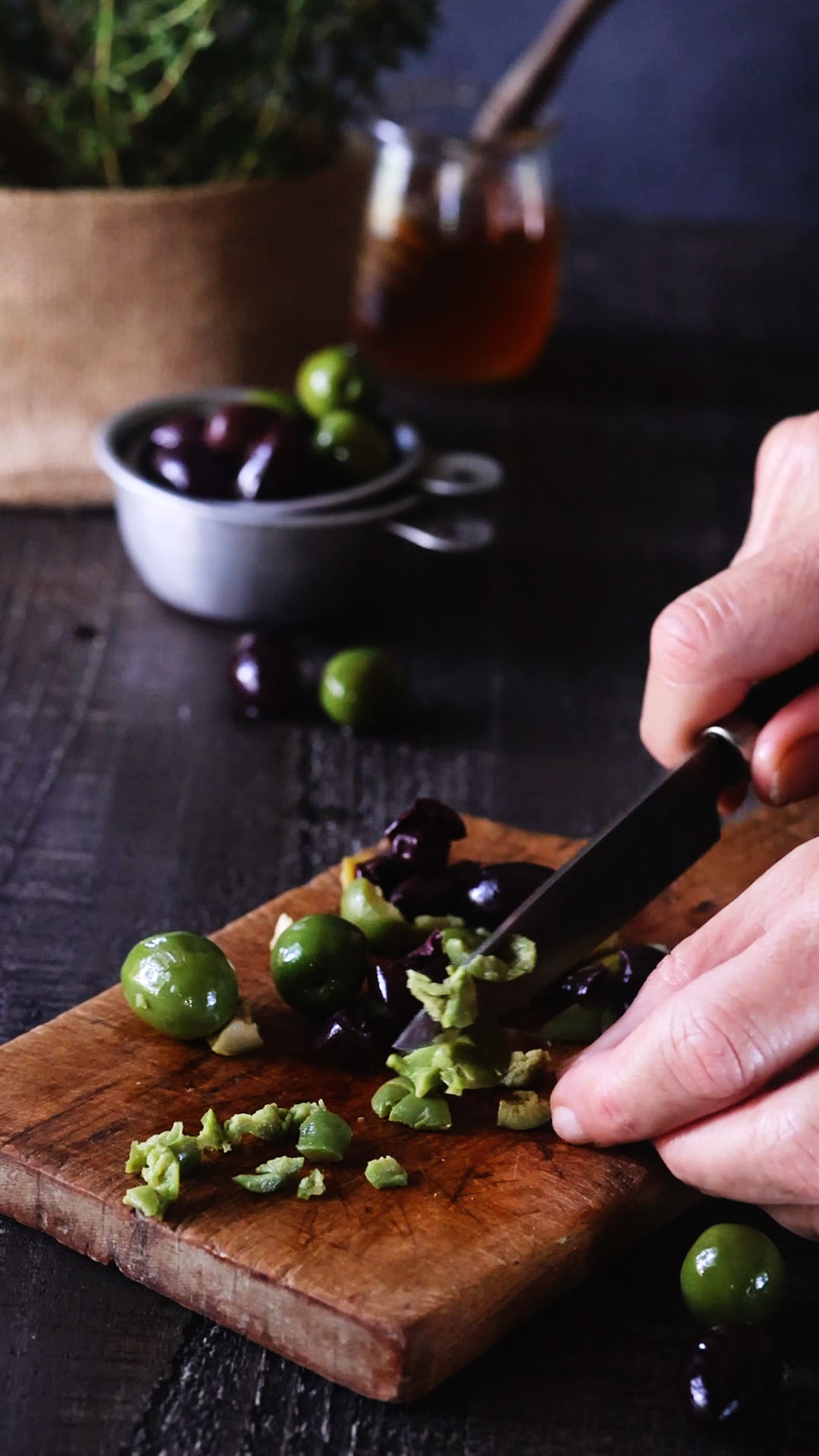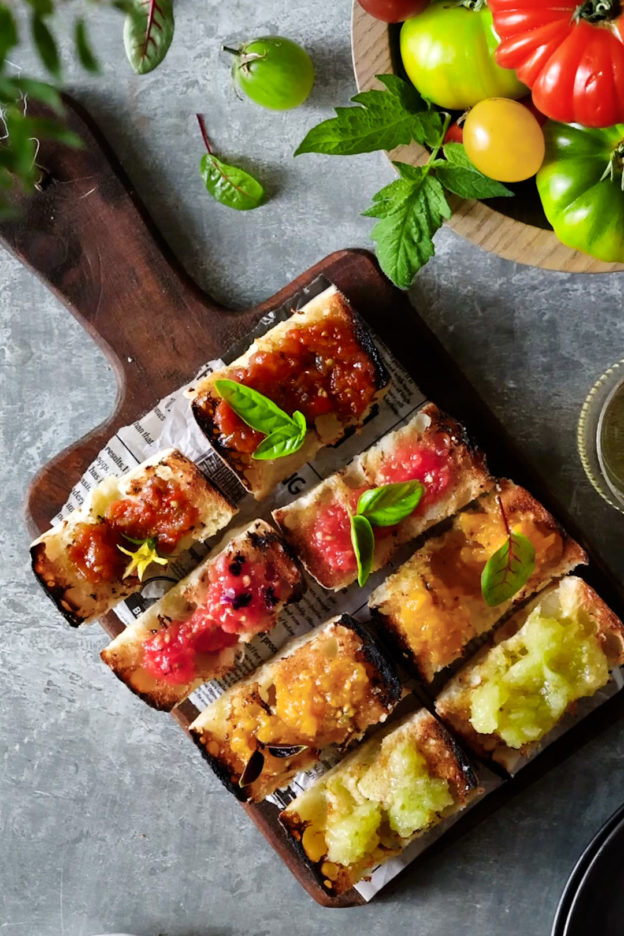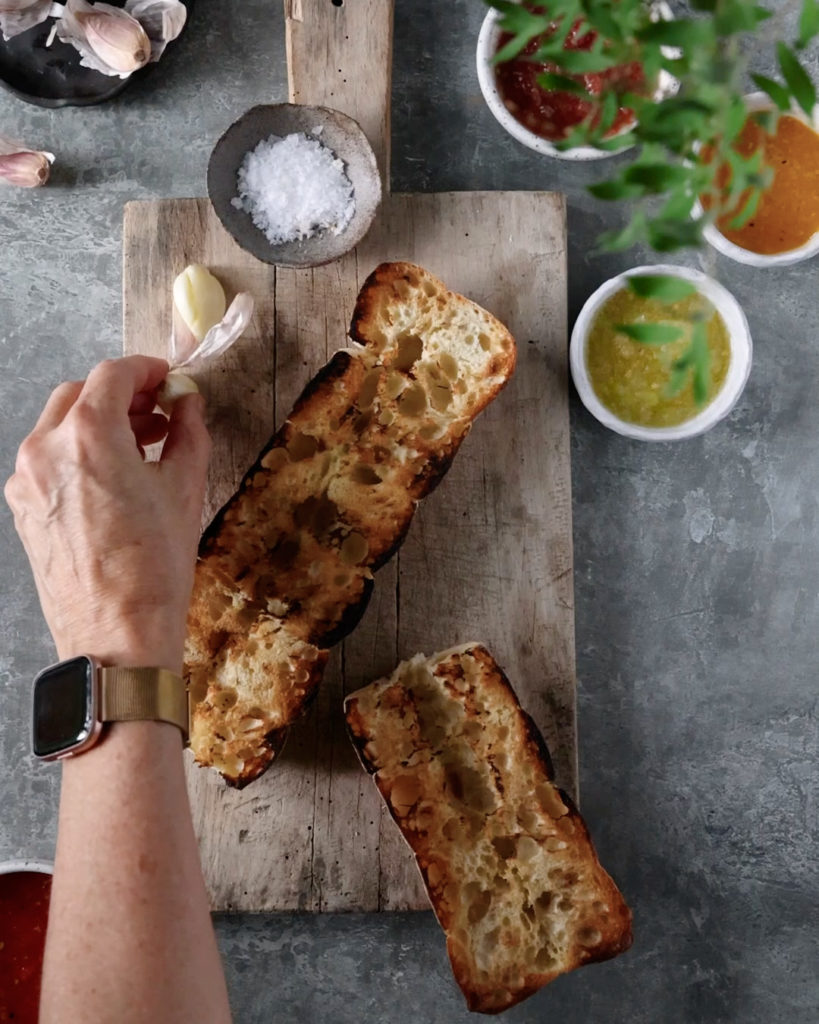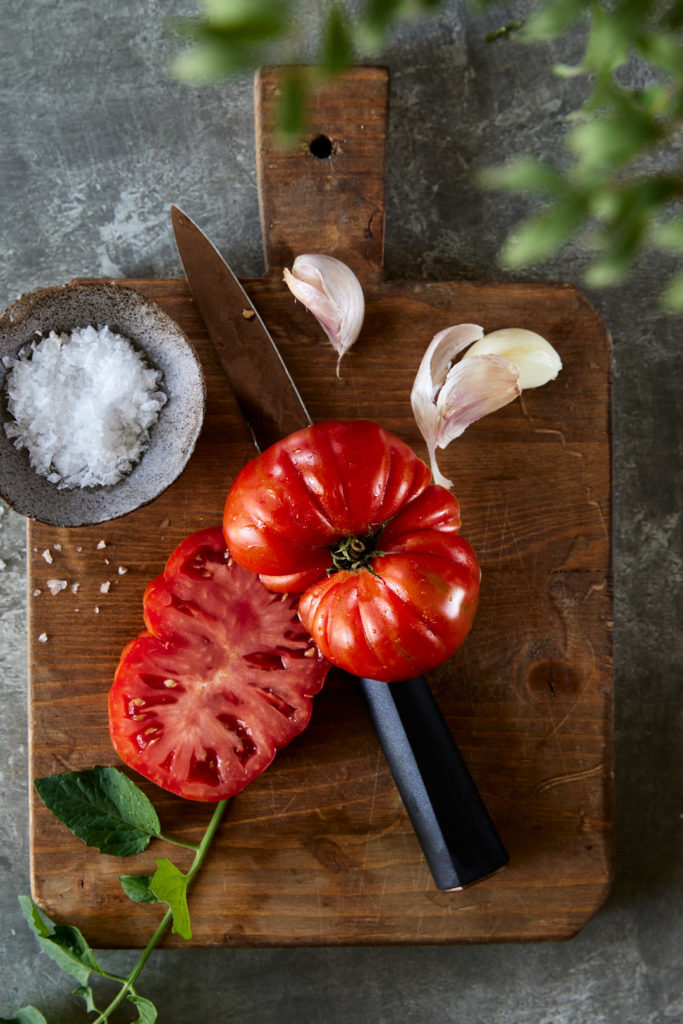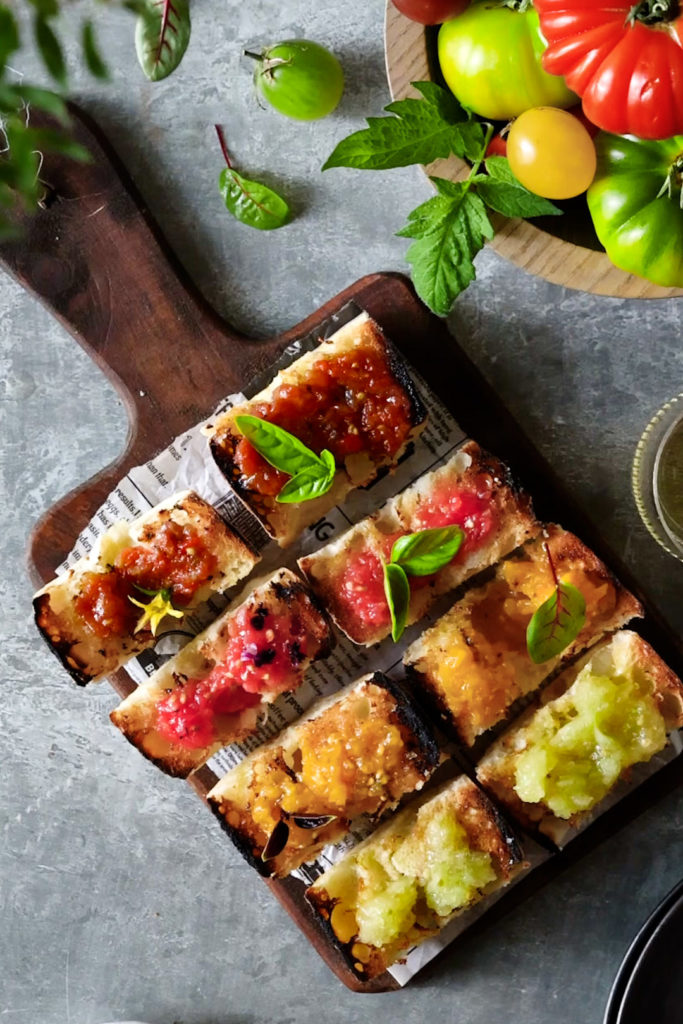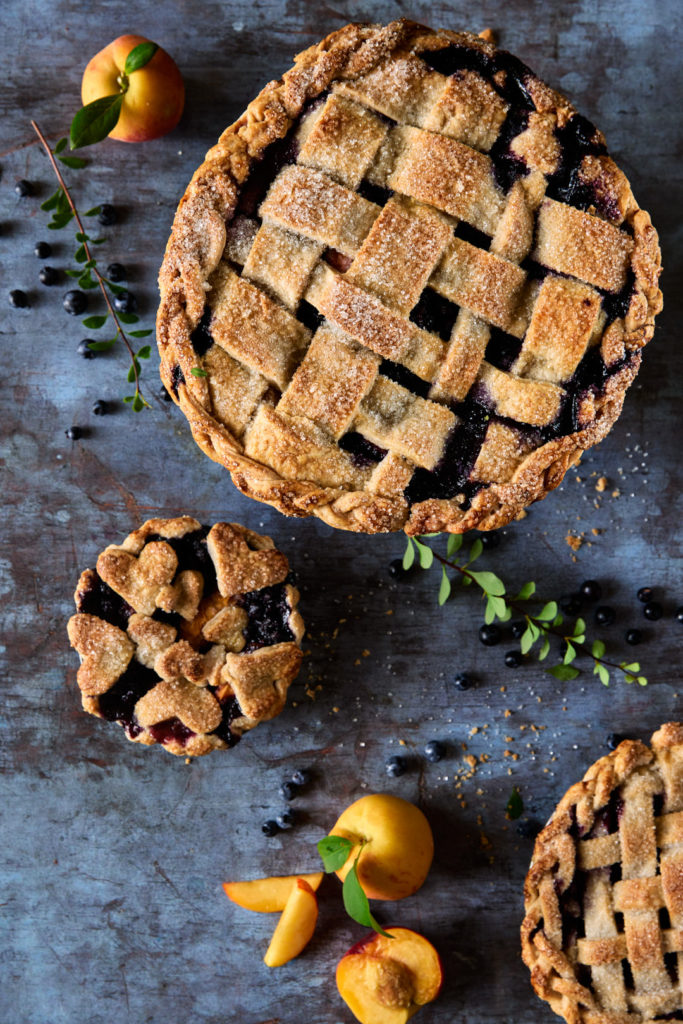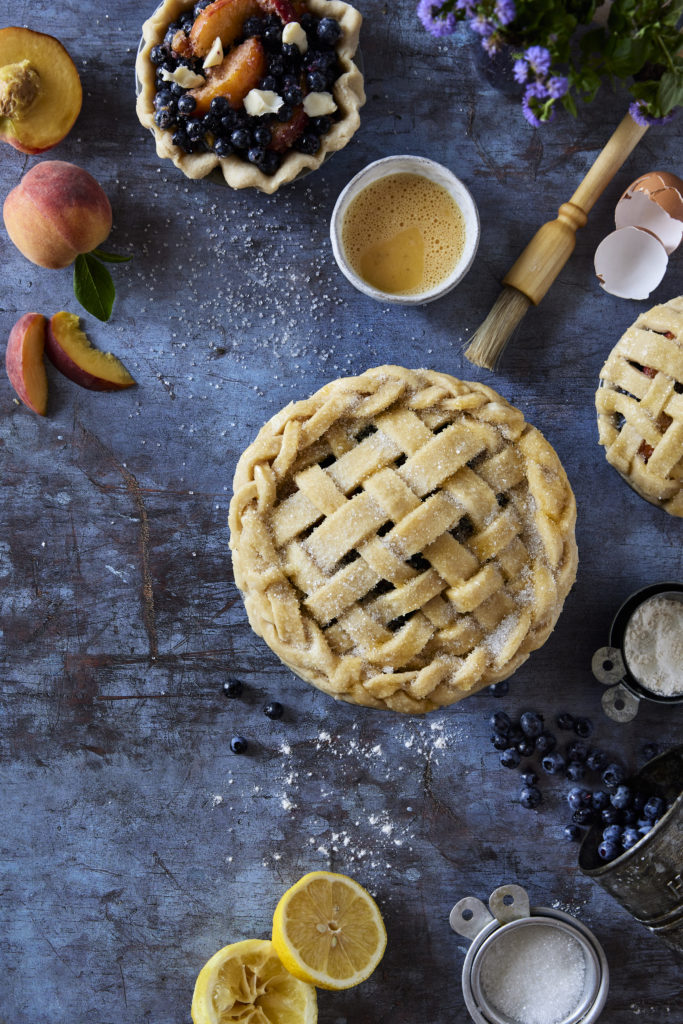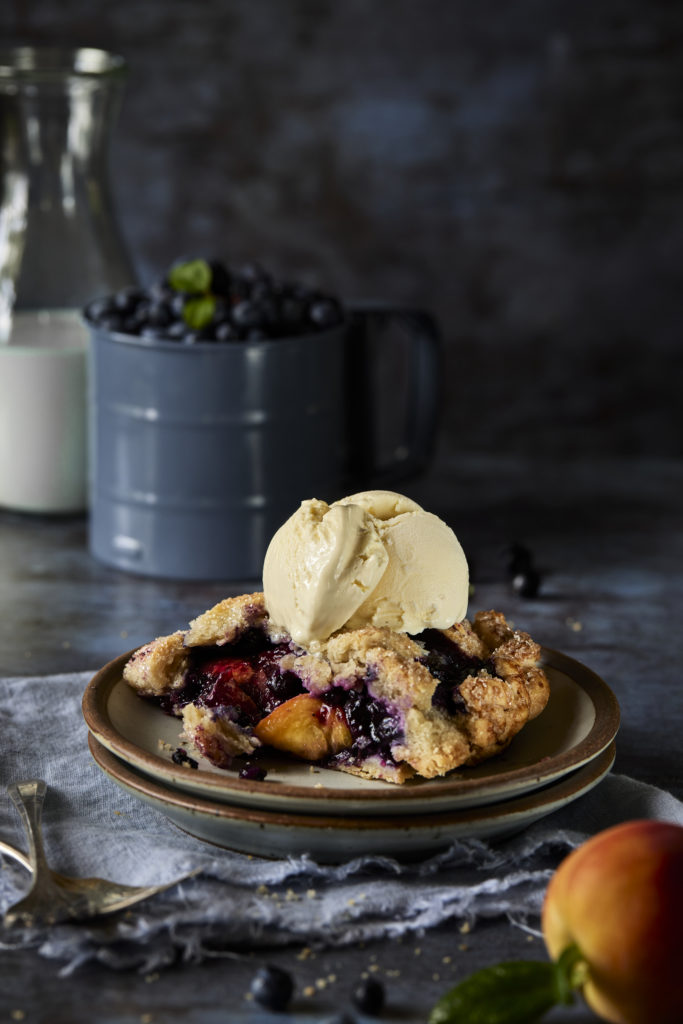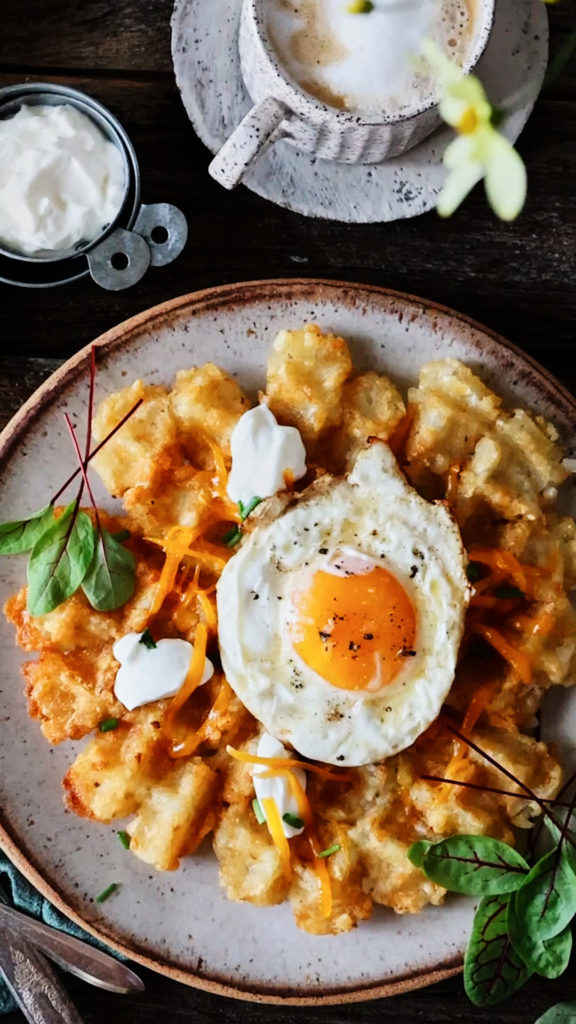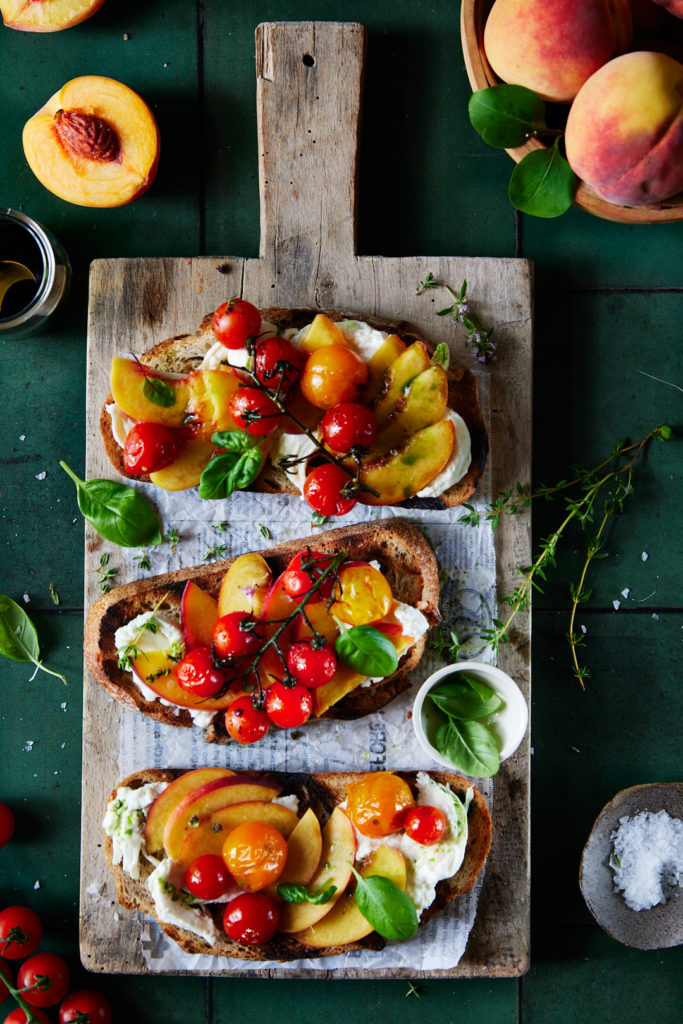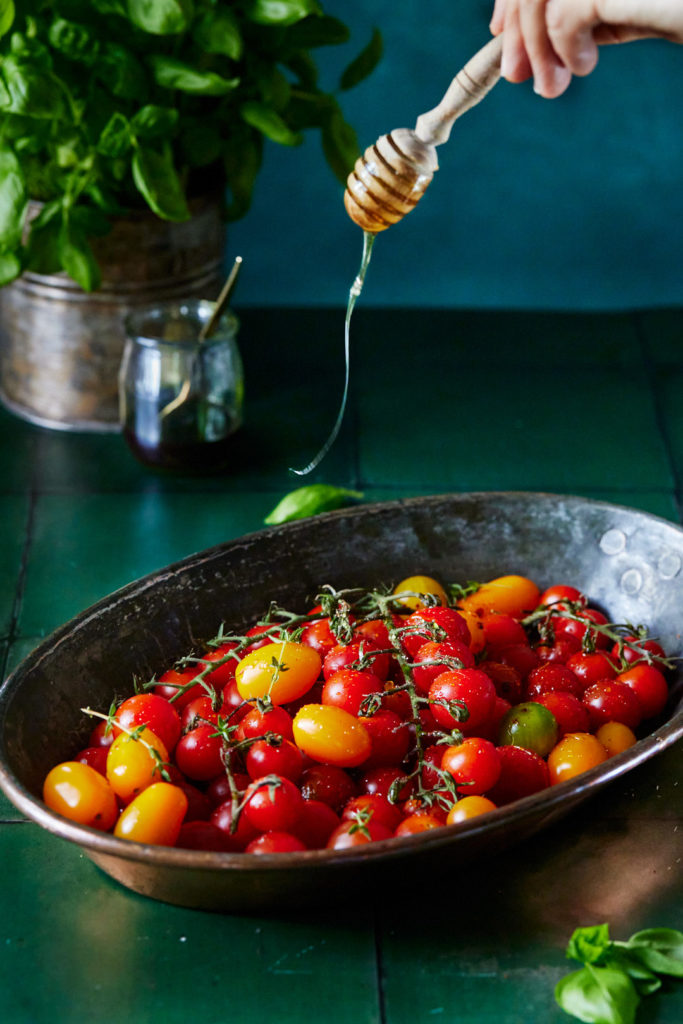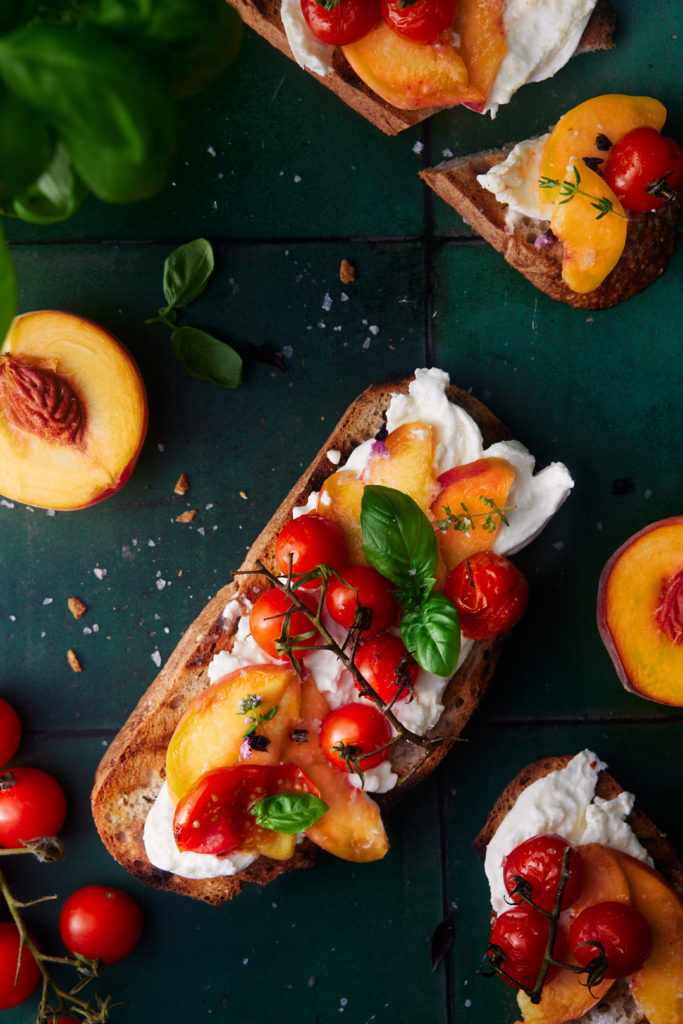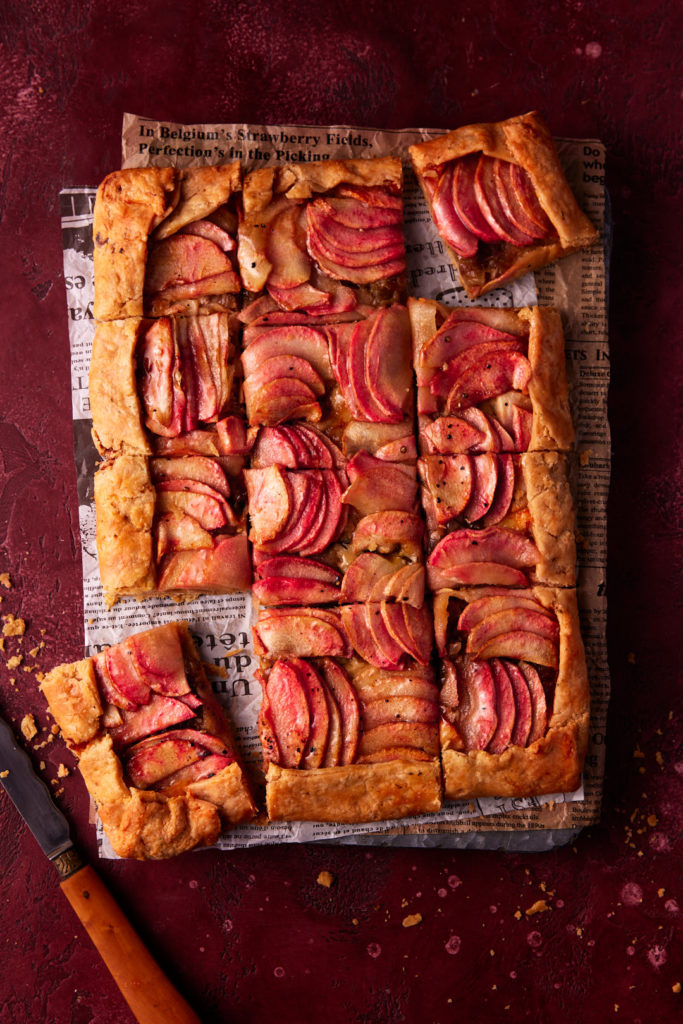
I still had a few of these beautiful Lucy Rose apples in the fridge after creating this Kale and Apple Salad so I decided to bake a savoury apple galette this week. I paired the apples with caramelized shallots and Gruyere and Fontina cheese. This galette is in the running for the best thing I’ve baked this year. Honeycrisp apples are a perfect substitute if you can’t find Lucy Rose apples. They are elusive. It took me 5 years to find them in Ottawa.
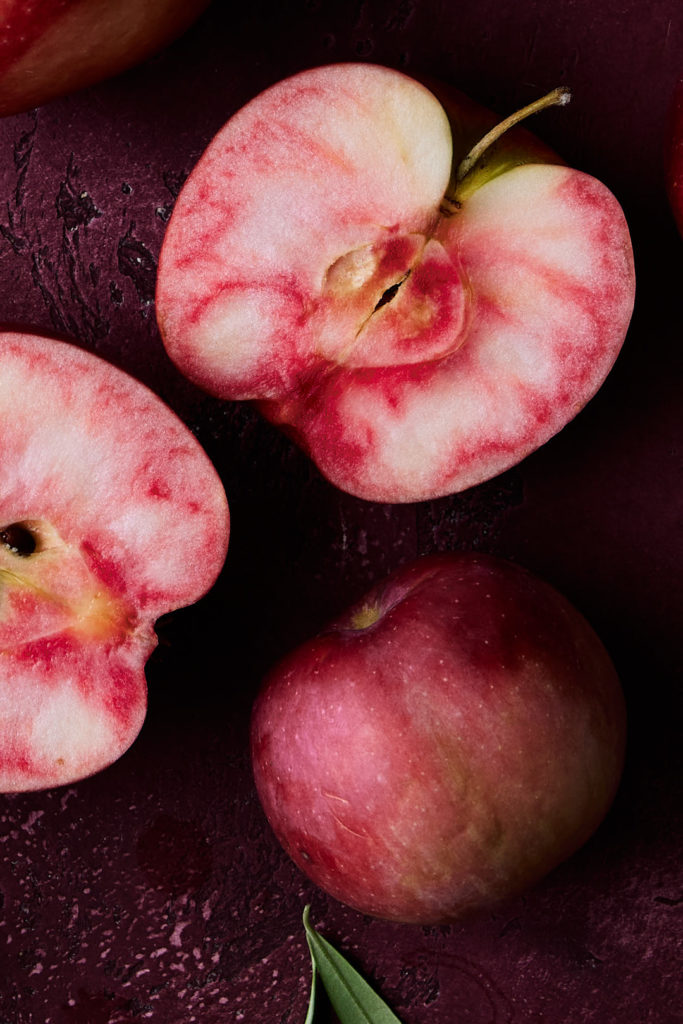
I’ve really been into baking with brown butter lately, so I made a brown butter pastry crust, using a fantastic recipe from King Arthur baking. Brown butter is the secret sauce of baked goods. It amplifies all the flavours. It adds depth, richness and a nutty caramel flavour. Browning butter is not difficult, but you do need to allow some time to brown and then chill it, before making the dough.
Butter is composed of butterfat, milk protein and water. When you brown butter, you are essentially toasting the milk protein. As you heat the butter, and it begins to bubble and sputter away, the water evaporates and the hot butterfat begins to cook the milk solids, turning them from creamy yellow to a splendid speckled brown colour and your whole kitchen smells like toasted hazelnuts. It’s insanely gorgeous!
For the savoury part of the galette, I chose shallots. I prefer their more delicate flavour to onions. Caramelizing the shallots takes time and patience. Turn the heat to medium low and don’t rush it. If the shallots start getting too brown before they are tender, splash in about 1/4 cup of water to slow things down. Choose a good melting cheese. Cheddar, gruyere, or fontina are all good choices.
Watch how it all comes together.
Once the galette comes out of the oven, brush the apples with some warmed apricot or apple jelly, for shine and a hit of extra sweetness. The galette is delicious warm or at room temperature. Buttery flaky crust gives way to salty gooey cheese, savoury shallots and sweet apples. It’s the perfect balance of flavour and texture. Brushing the crust with dijon gives a bit of a tang to help balance out the sweetness of the apples.
Click here to print recipe for Savoury Apple Galette with Caramelized Shallots and Brown Butter Pastry.
